WinSavvy Editorial Standards
How this article was created
- 1. What Impact Do Personalized Emails Have on Transaction Rates?
- 2. Why Are Personalized Experiences Crucial for Consumer Purchases?
- 3. How Do Personalized Marketing Emails Perform?
- 4. How Does Targeted Personalization Affect Customer Engagement?
- 5. How Do U.S. Consumers Perceive Marketing Content Personalization?
- 6. What Happens When Shopping Experiences Are Impersonal?
- 7. What Are Consumer Expectations for Personalization?
- 8. How Effective Are Personalized Video Emails?
- 9. What Role Does Personalization Play in Purchasing Decisions?
- 10. Why Do Marketers Believe in the Power of Personalization for Lead Quality?
- 11. How Do Personalized Web Experiences Affect Conversion Rates?
- 12. Why Do Companies Believe Personalization Is Critical to Success?
- 13. How Do Personalized CTAs Perform Compared to Default Versions?
- 14. How Does Personalization Influence Consumer Spending?
- 15. What Is the Impact of Personalized Recommendations on E-Commerce Revenue?
- 16. How Are Digital Businesses Investing in Personalization?
- 17. What Measurable Results Do Marketers See from Personalization?
- 18. How Do Personalized Shopping Sites Perform in Attracting Consumers?
- 19. How Does Personalization Affect Average Order Value?
- 20. How Do Consumers Respond to Personalized Emails?
- 21. How Does Personalization Influence Consumer Trust?
- 22. Why Do Consumers Prefer Brands That Personalize Messaging and Offers?
- 23. What Do CMOs Believe About the Future of Custom Content?
- 24. How Do Personalized Ads Compare to Non-Personalized Ads?
- 25. How Does a Company's Understanding of Personal Needs Influence Loyalty?
- 26. How Do Personalized Email Subject Lines Impact Open Rates?
- 27. How Does Personalized Content Influence Consumer Buying Decisions?
- 28. How Important Is Personalized Engagement Based on Past Interactions?
- 29. How Willing Are Consumers to Share Their Data for Personalization?
- 30. How Do Consumers Feel About Retailers Saving Their Purchase History and Preferences?
- Conclusion
- We got all the latest Marketing Stats here:
In today’s digital landscape, personalization has emerged as a cornerstone of effective marketing strategies. With consumers demanding more tailored experiences, businesses are increasingly leveraging data and technology to meet these expectations. Personalized marketing not only enhances customer engagement but also drives higher conversion rates and loyalty. This article delves into the key statistics for 2026 that underscore the rise of personalized marketing, providing valuable insights for marketers aiming to optimize their strategies.
1. What Impact Do Personalized Emails Have on Transaction Rates?
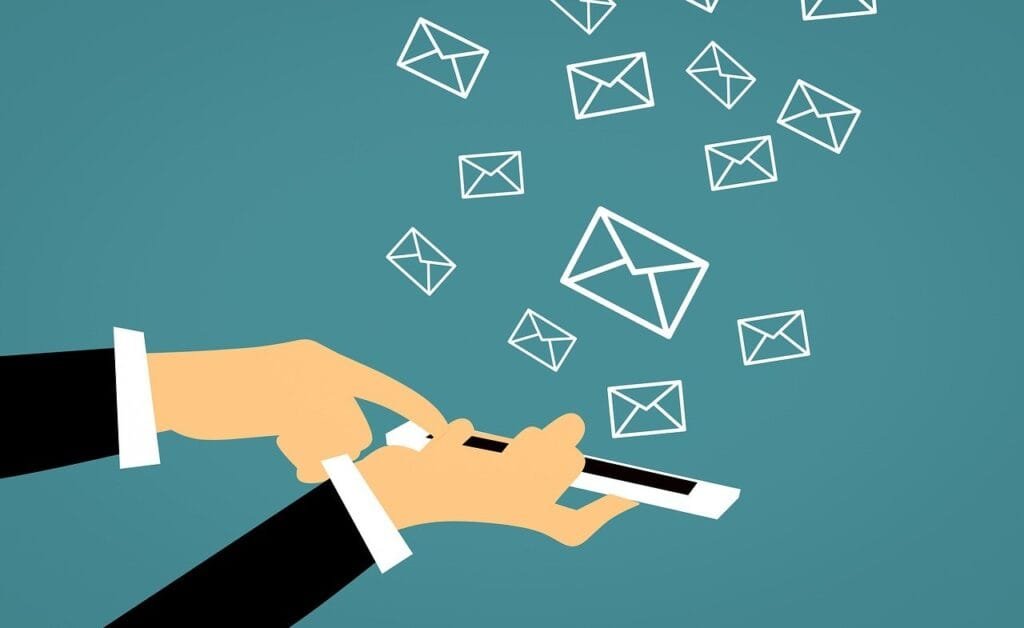
Personalized emails generate a 6x higher transaction rate compared to non-personalized emails. This staggering figure highlights the power of personalization in email marketing. When emails are tailored to individual preferences, behaviors, and past interactions, they become more relevant and engaging.
This leads to higher open rates, click-through rates, and ultimately, conversions. For marketers, the takeaway is clear: investing in email personalization is essential for driving sales and enhancing customer relationships.
2. Why Are Personalized Experiences Crucial for Consumer Purchases?
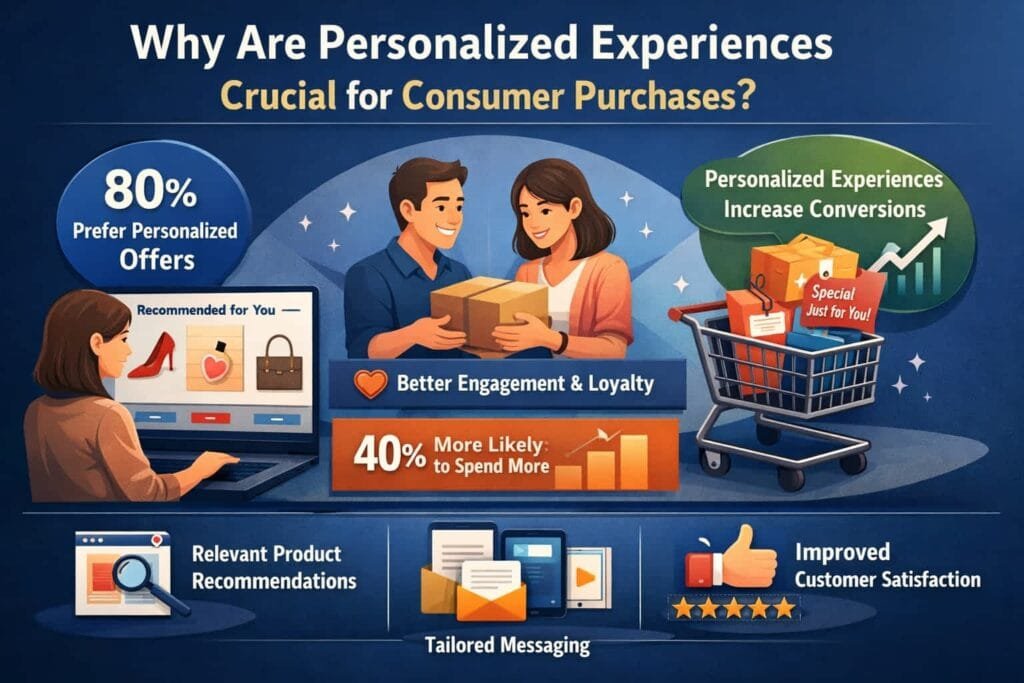
A whopping 80% of consumers are more likely to make a purchase from a brand that provides personalized experiences. This statistic underscores the importance of understanding and catering to individual customer needs. Personalized experiences can range from product recommendations and tailored content to customized offers and communications. By making customers feel valued and understood, brands can foster stronger connections and encourage repeat purchases.
3. How Do Personalized Marketing Emails Perform?
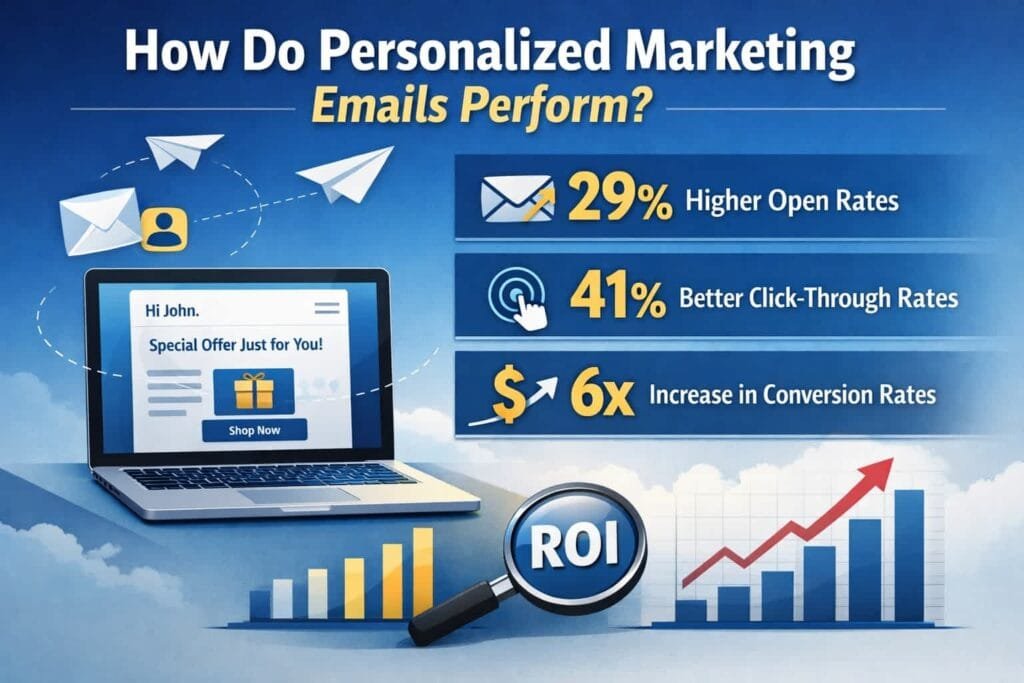
Personalized marketing emails deliver 29% higher unique open rates and 41% higher unique click rates. These figures demonstrate the significant impact of personalization on email performance. By using customer data to tailor email content, marketers can create more compelling messages that resonate with recipients. This not only increases the likelihood of emails being opened but also encourages recipients to take action, such as clicking on links or making a purchase.
4. How Does Targeted Personalization Affect Customer Engagement?
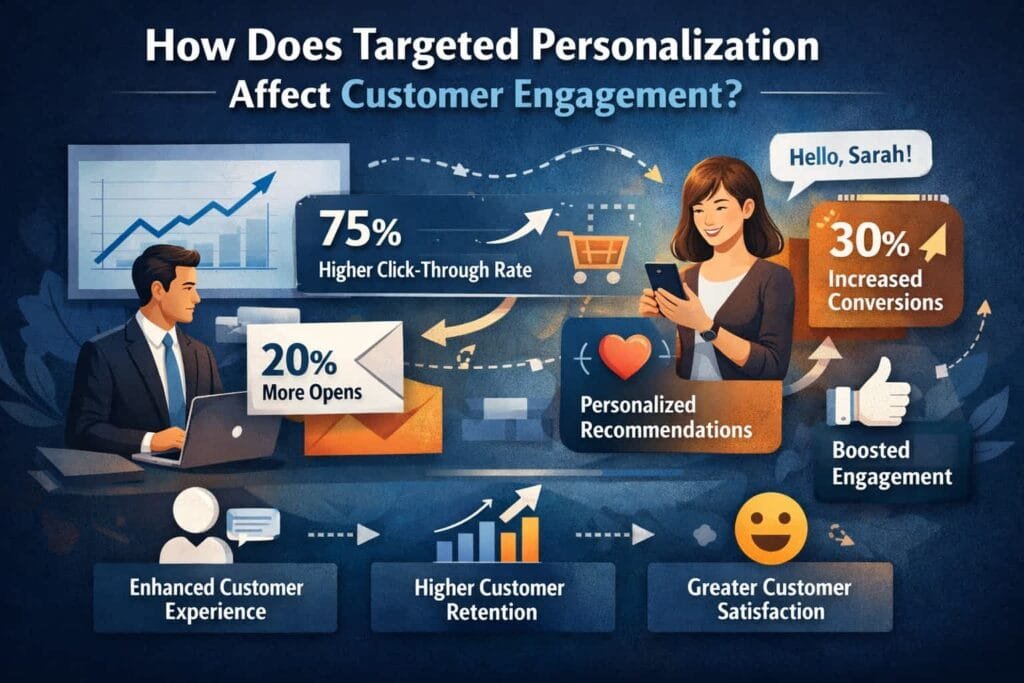
According to a survey, 74% of marketers state that targeted personalization increases customer engagement. Engagement is a critical metric for measuring the effectiveness of marketing efforts, and personalization plays a key role in boosting it. By delivering content that is relevant and valuable to individual customers, marketers can capture their attention and keep them engaged. This leads to longer interactions, higher satisfaction, and greater loyalty.
5. How Do U.S. Consumers Perceive Marketing Content Personalization?
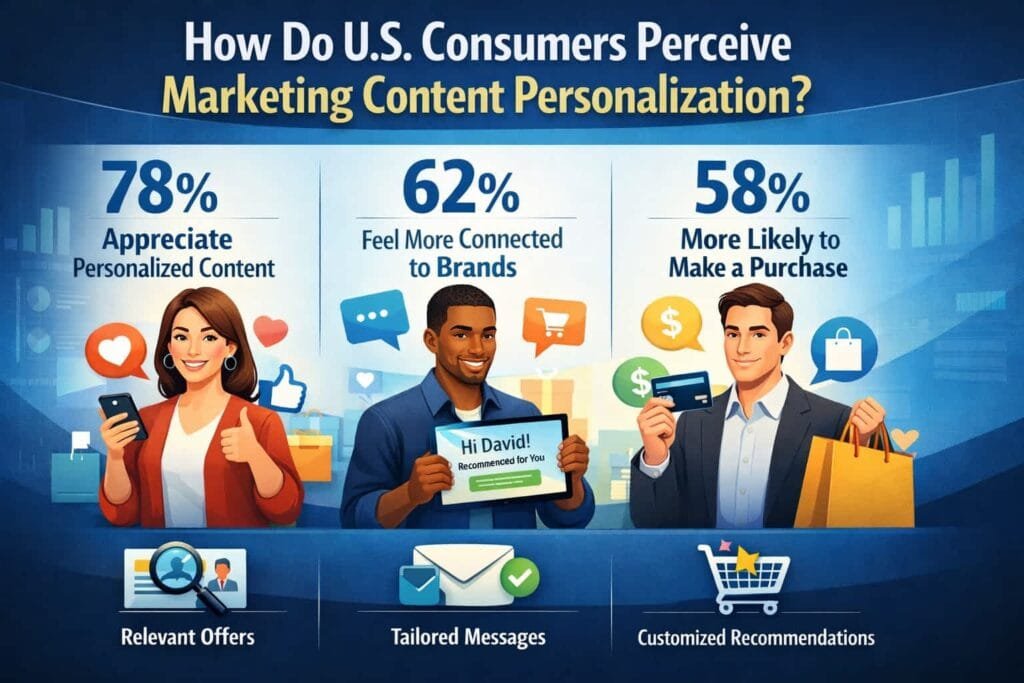
In the United States, 90% of consumers find marketing content personalization appealing. This high level of approval indicates that personalization is not just a nice-to-have but a necessity for modern marketing. Consumers appreciate when brands take the time to understand their preferences and tailor their communications accordingly. This positive perception can translate into increased brand loyalty and advocacy.
6. What Happens When Shopping Experiences Are Impersonal?
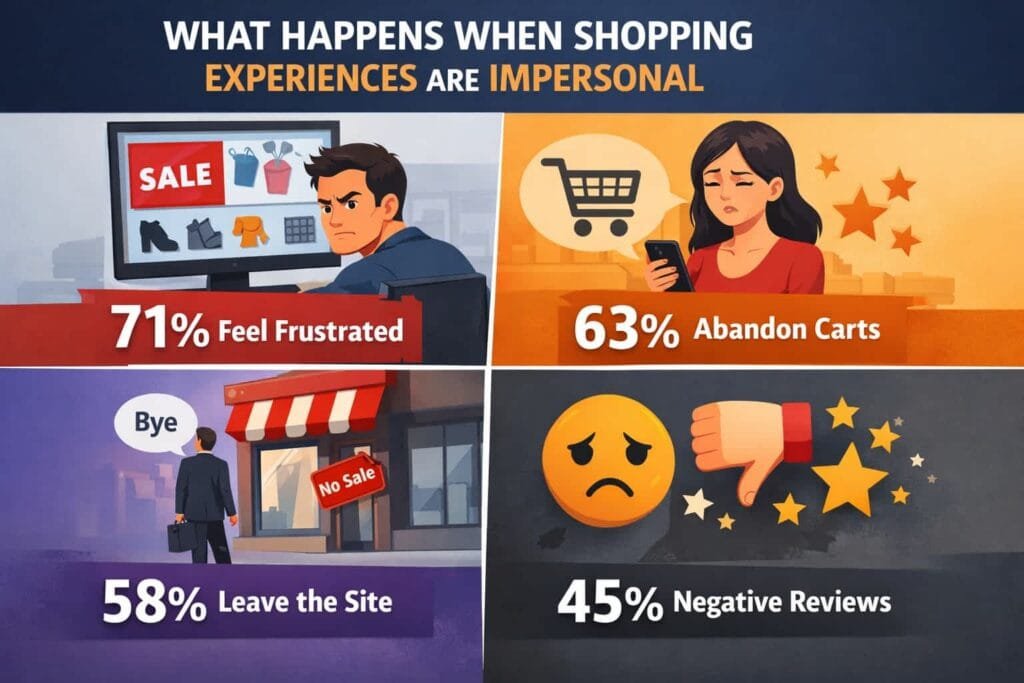
A significant 71% of consumers feel frustrated when a shopping experience is impersonal. This frustration can lead to negative outcomes such as cart abandonment, decreased loyalty, and lost sales. On the other hand, personalized shopping experiences can enhance customer satisfaction and drive higher conversions. By leveraging data to understand customer preferences and behaviors, brands can create more seamless and enjoyable shopping experiences.
7. What Are Consumer Expectations for Personalization?
Approximately 63% of consumers expect personalization as a standard of service. This statistic highlights the shift in consumer expectations toward more personalized interactions. As technology advances and data becomes more accessible, consumers anticipate that brands will use this information to provide tailored experiences. Meeting these expectations is crucial for staying competitive and building lasting customer relationships.
8. How Effective Are Personalized Video Emails?
Personalized video emails can improve click-through rates by up to 300%. This impressive statistic demonstrates the effectiveness of combining personalization with engaging video content. Videos can convey information more dynamically and capture attention more effectively than text alone. When personalized, they become even more powerful, as they address the viewer’s specific interests and needs, leading to higher engagement and conversion rates.
9. What Role Does Personalization Play in Purchasing Decisions?
A staggering 86% of consumers say personalization plays a role in their purchasing decisions. This statistic underscores the significant influence that personalized marketing can have on consumer behavior. By providing relevant and tailored experiences, brands can guide consumers through their purchasing journey and increase the likelihood of conversion. Personalization helps build trust and demonstrates that the brand values the customer’s unique preferences.
10. Why Do Marketers Believe in the Power of Personalization for Lead Quality?
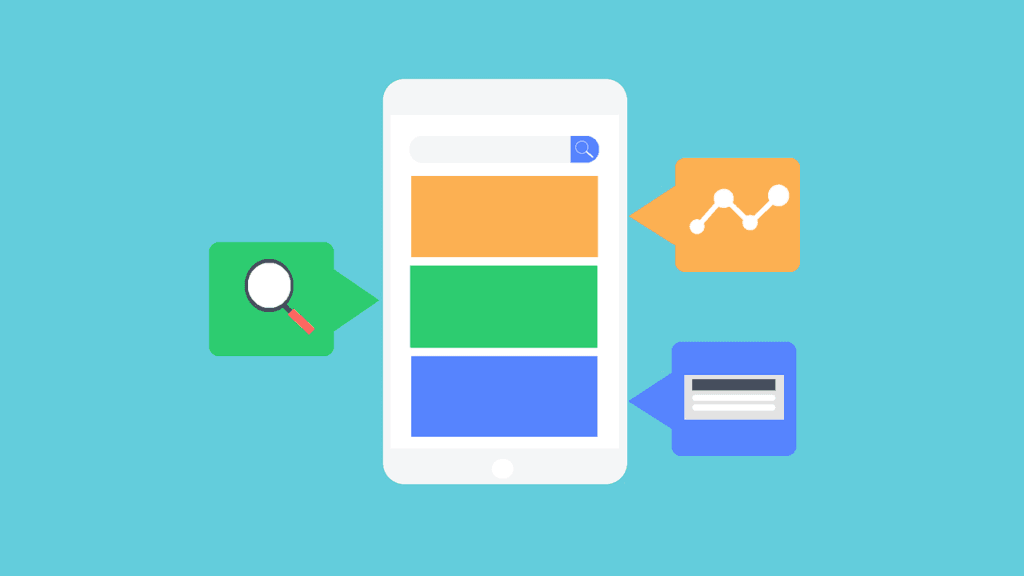
Sixty percent of marketers believe personalization is a key strategy for improving the quality of leads. High-quality leads are more likely to convert into paying customers, and personalization helps achieve this by targeting the right audience with the right message. By understanding customer needs and tailoring communications accordingly, marketers can attract and engage prospects who are genuinely interested in their offerings, leading to higher conversion rates.
11. How Do Personalized Web Experiences Affect Conversion Rates?
Personalized web experiences can increase conversion rates by up to 20%. When websites adapt content, recommendations, and offers to individual visitors, they create a more engaging and relevant experience. This tailored approach reduces friction in the customer journey and makes it easier for users to find what they are looking for, ultimately leading to higher conversion rates. For businesses, implementing personalization on their websites is a strategic move to drive more sales and improve user satisfaction.
12. Why Do Companies Believe Personalization Is Critical to Success?
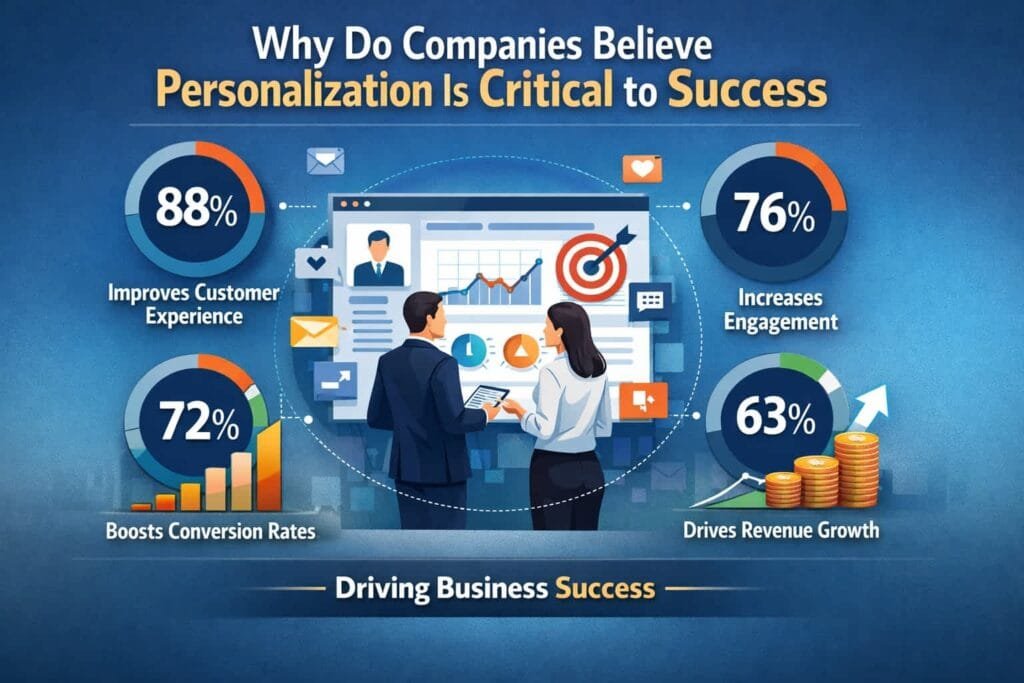
A striking 94% of companies believe personalization is critical to their success. This overwhelming consensus highlights the integral role personalization plays in modern marketing strategies. Companies recognize that personalization helps in differentiating their brand, improving customer experience, and increasing competitiveness. By investing in personalization technologies and strategies, businesses can achieve better results and foster stronger relationships with their customers.
13. How Do Personalized CTAs Perform Compared to Default Versions?
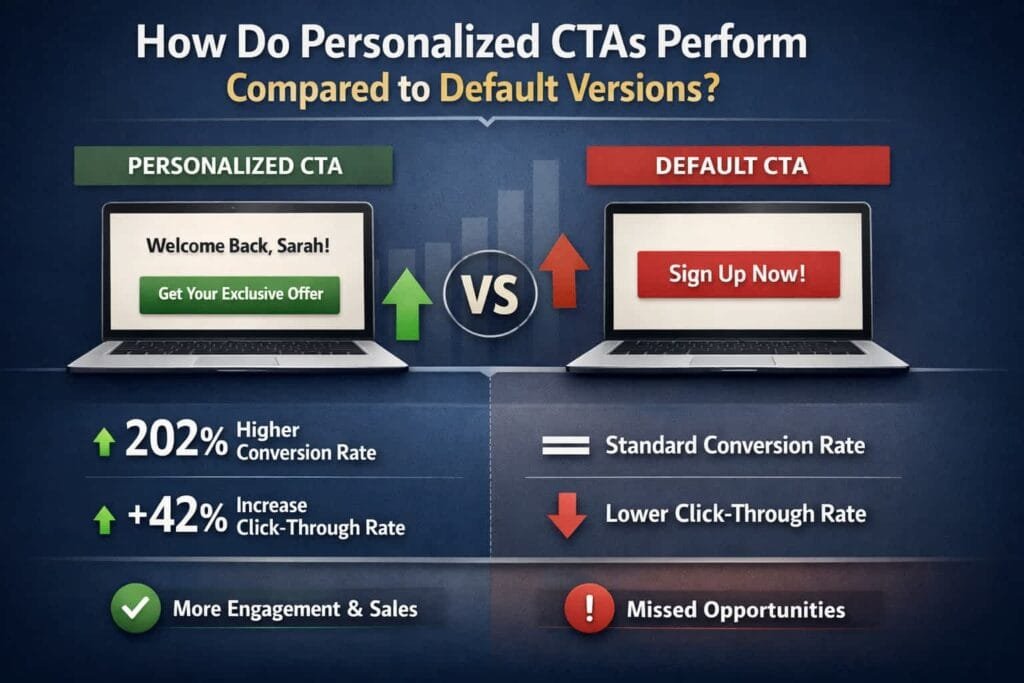
Personalized Calls-to-Action (CTAs) convert 202% better than default versions. This statistic illustrates the significant impact that personalization can have on encouraging user action. CTAs that are tailored to the user’s behavior, preferences, and stage in the customer journey are more compelling and relevant, leading to higher engagement and conversion rates. For marketers, focusing on personalized CTAs is an effective way to enhance campaign performance.
14. How Does Personalization Influence Consumer Spending?
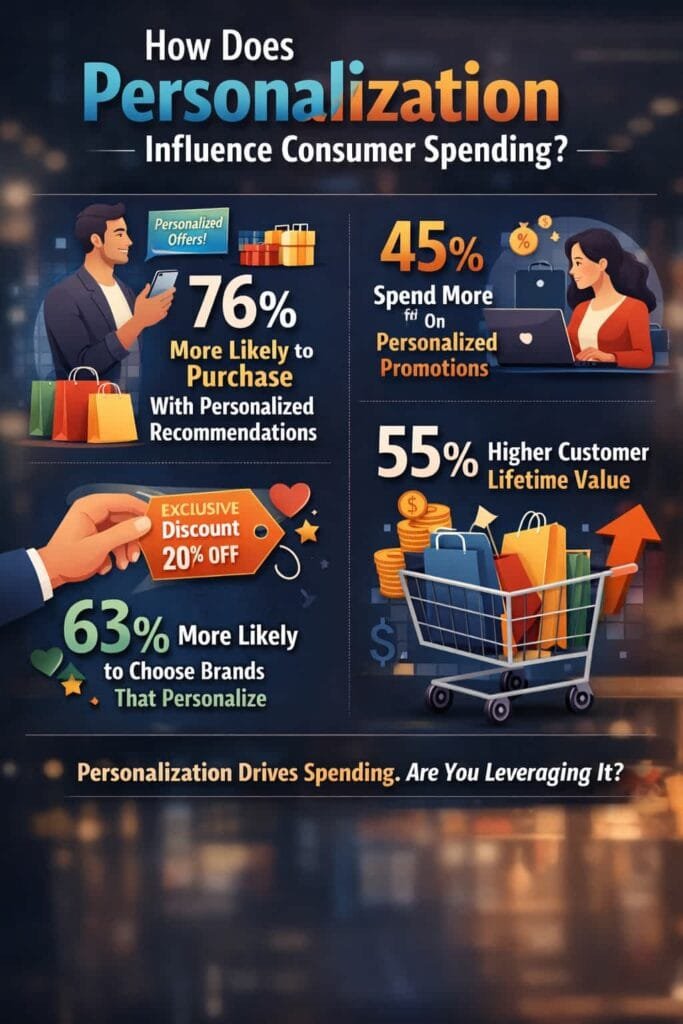
Personalization influences consumer spending, with 48% of consumers spending more when their experiences are personalized. This statistic reveals that personalized marketing not only enhances customer satisfaction but also boosts sales. When consumers feel that a brand understands their needs and preferences, they are more likely to spend more and make repeat purchases. This highlights the importance of personalization in driving revenue growth.
15. What Is the Impact of Personalized Recommendations on E-Commerce Revenue?
Personalized recommendations account for 31% of e-commerce site revenues. This significant contribution underscores the power of personalized product suggestions in driving sales. By analyzing customer data and providing tailored recommendations, e-commerce sites can enhance the shopping experience, increase basket size, and boost overall revenue. Implementing personalized recommendation engines is a key strategy for e-commerce businesses to maximize their sales potential.

16. How Are Digital Businesses Investing in Personalization?
A notable 89% of digital businesses are investing in personalization. This widespread investment indicates that companies recognize the value of personalization in enhancing customer experience and driving business growth. By allocating resources to personalization technologies and strategies, digital businesses can stay ahead of the competition and meet evolving consumer expectations. This investment is crucial for achieving long-term success in the digital marketplace.
17. What Measurable Results Do Marketers See from Personalization?
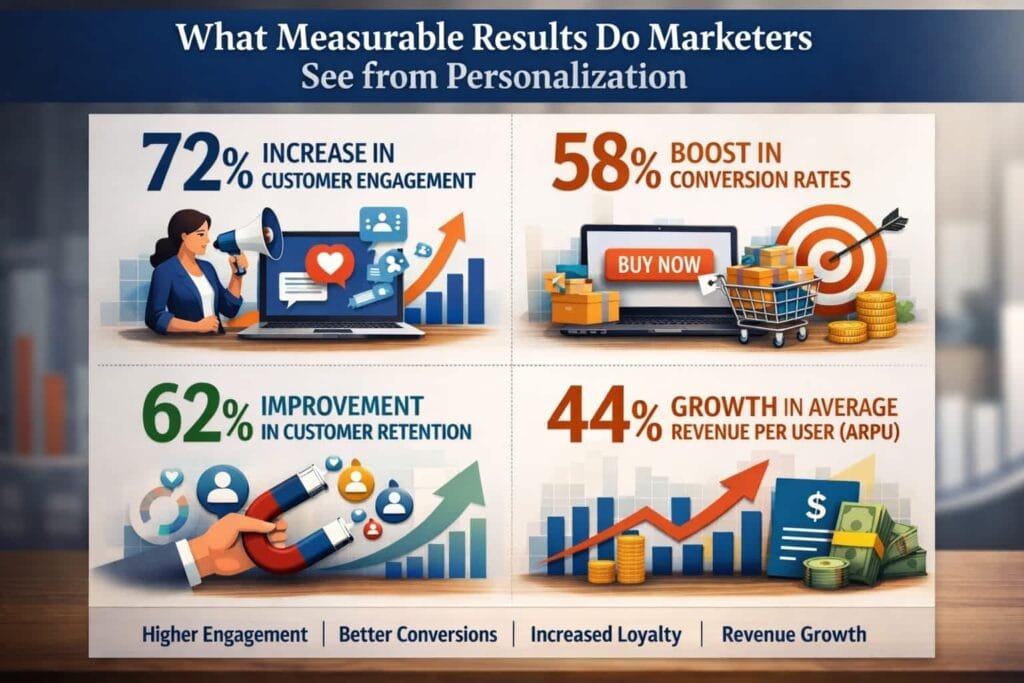
An impressive 87% of marketers report a measurable lift in business results from personalization. This statistic highlights the tangible benefits that personalization can bring to marketing efforts. By delivering more relevant and engaging experiences, personalization can lead to higher customer satisfaction, increased loyalty, and improved conversion rates. Marketers who prioritize personalization can expect to see a positive impact on their key performance indicators.
18. How Do Personalized Shopping Sites Perform in Attracting Consumers?
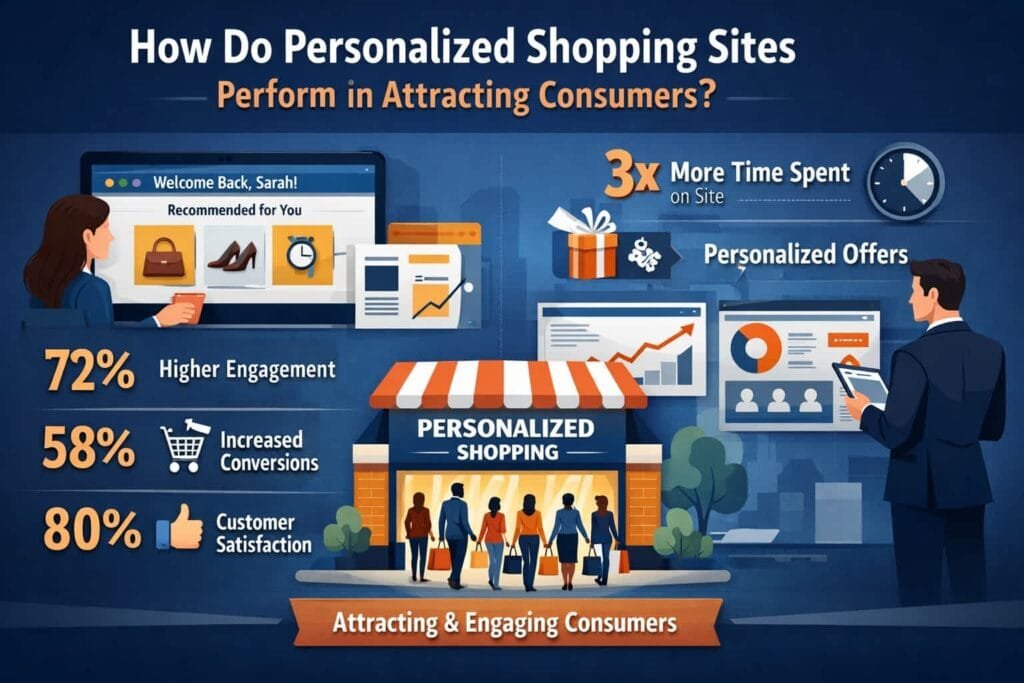
Approximately 45% of consumers are more likely to shop on a site that offers personalized recommendations. This statistic underscores the importance of personalization in attracting and retaining customers. Personalized recommendations enhance the shopping experience by helping consumers discover products that match their preferences and needs. For online retailers, implementing personalization features is essential for driving traffic and increasing sales.
19. How Does Personalization Affect Average Order Value?
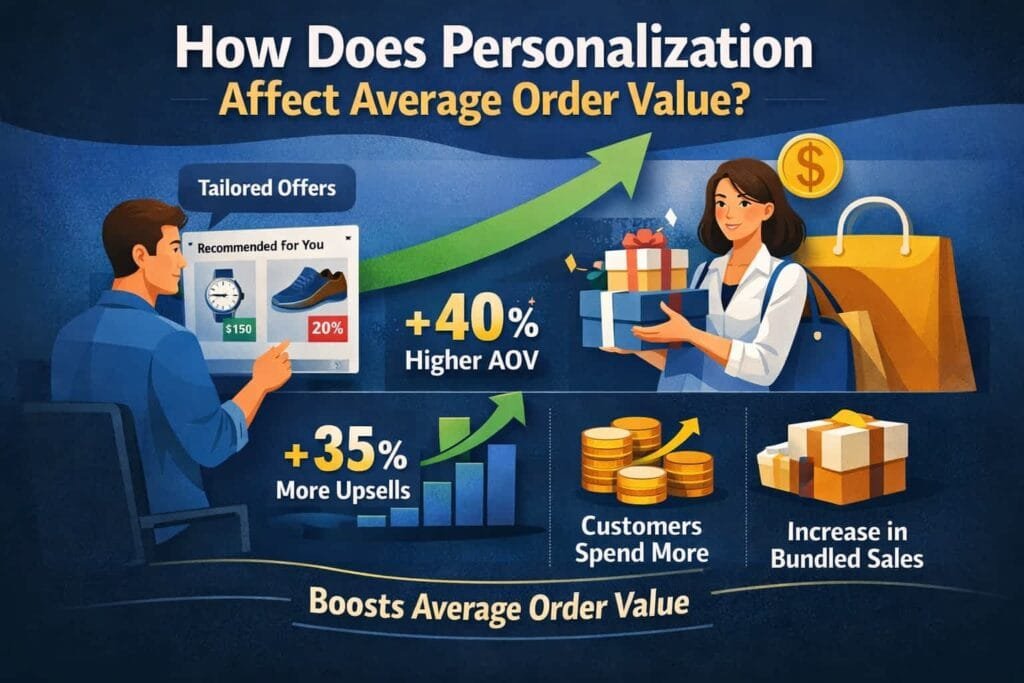
Personalized experiences on websites can increase the average order value by 10-30%. By tailoring content, product recommendations, and offers to individual customers, businesses can encourage them to add more items to their cart and spend more per transaction. This increase in average order value is a significant benefit of personalization, contributing to higher overall revenue and profitability for e-commerce sites.
20. How Do Consumers Respond to Personalized Emails?

A significant 88% of consumers are more likely to respond to an email favorably if it looks like it’s been specifically created for them. This statistic highlights the importance of making emails feel personal and relevant to the recipient.
Personalized emails that address the recipient’s interests, behaviors, and preferences are more likely to capture their attention and prompt a positive response, leading to higher engagement and conversion rates.
21. How Does Personalization Influence Consumer Trust?
Personalization has a strong impact on consumer trust, with 76% of consumers trusting companies that personalize their experiences. Trust is a critical factor in building long-term customer relationships, and personalization plays a key role in fostering it. By demonstrating that they understand and value their customers, brands can build trust and loyalty, leading to repeat business and positive word-of-mouth.
22. Why Do Consumers Prefer Brands That Personalize Messaging and Offers?
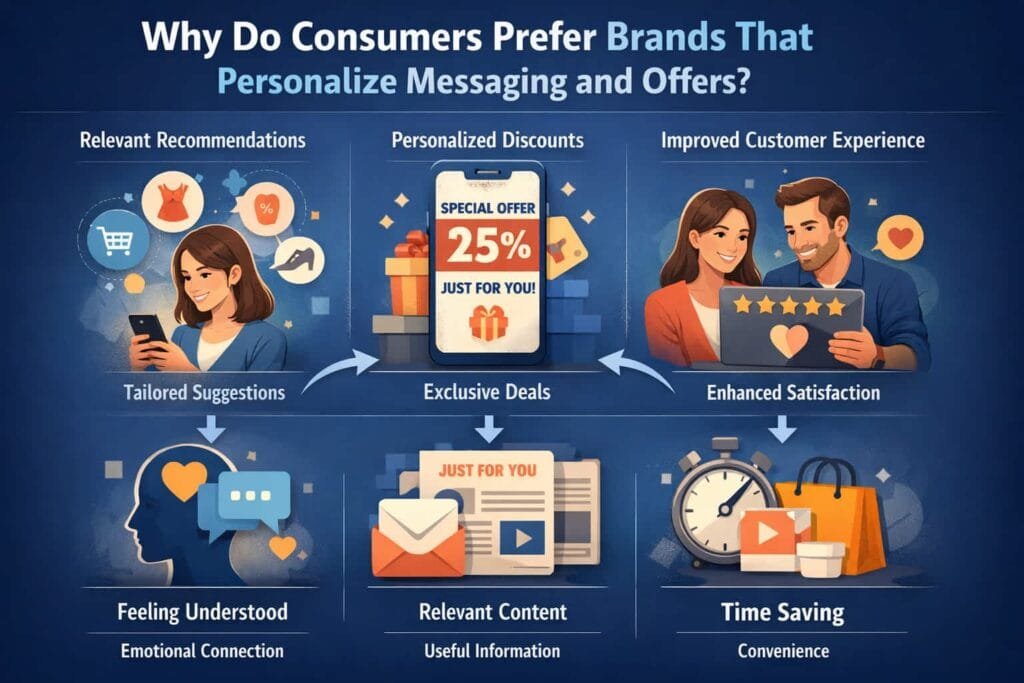
A significant 75% of consumers prefer brands that personalize messaging and offers. This preference indicates that consumers value personalized interactions that cater to their specific needs and preferences. Brands that prioritize personalization in their communications can create more meaningful connections with their customers, enhancing loyalty and encouraging repeat purchases.
23. What Do CMOs Believe About the Future of Custom Content?
An overwhelming 78% of Chief Marketing Officers (CMOs) believe custom content is the future of marketing. This belief underscores the growing importance of personalized content in marketing strategies. Custom content that is tailored to individual customer segments can drive higher engagement, build stronger relationships, and improve overall marketing effectiveness. For CMOs, investing in personalized content is a strategic priority for future success.
24. How Do Personalized Ads Compare to Non-Personalized Ads?
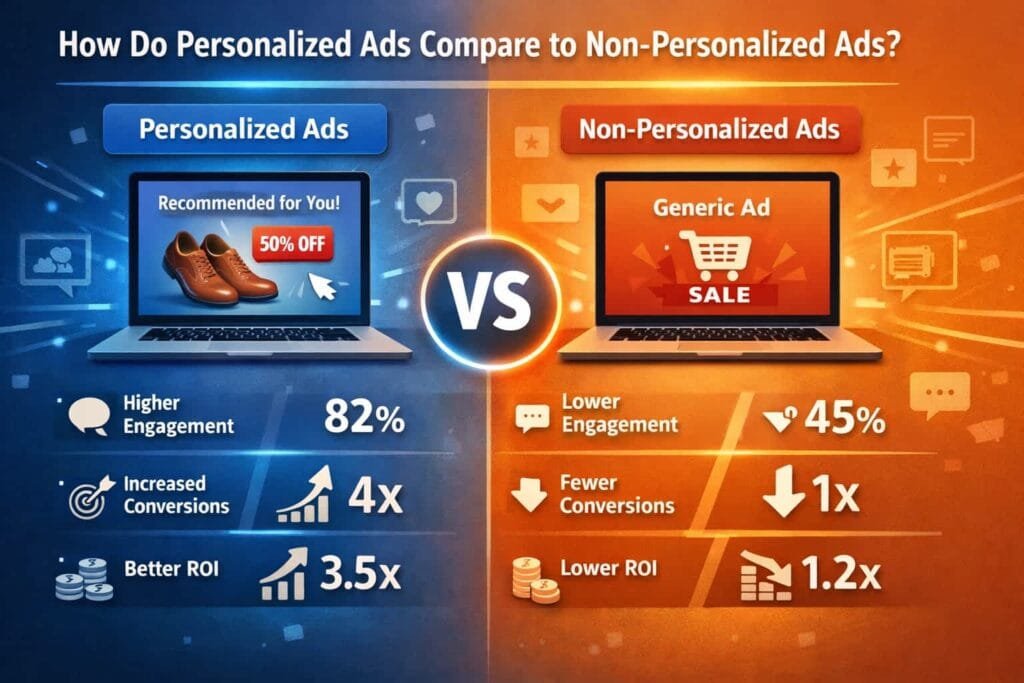
Personalized ads are 10 times more likely to be clicked on than non-personalized ads. This statistic highlights the effectiveness of personalization in advertising. Personalized ads that are tailored to the viewer’s interests, behaviors, and preferences are more relevant and engaging, leading to higher click-through rates. For advertisers, focusing on personalization is essential for maximizing the impact of their ad campaigns.
25. How Does a Company’s Understanding of Personal Needs Influence Loyalty?
Approximately 70% of consumers say a company’s understanding of their personal needs influences their loyalty. This statistic emphasizes the importance of personalization in building customer loyalty. When consumers feel that a brand understands and caters to their unique needs, they are more likely to remain loyal and continue doing business with the brand. Personalization helps create a more satisfying and memorable customer experience.
26. How Do Personalized Email Subject Lines Impact Open Rates?

Personalized email subject lines can increase open rates by 50%. This significant boost demonstrates the power of personalization even in the smallest details of email marketing.
A subject line that addresses the recipient by name or references their past behavior or interests is more likely to catch their attention and encourage them to open the email. For marketers, focusing on personalized subject lines is a simple yet effective strategy to improve email engagement.
27. How Does Personalized Content Influence Consumer Buying Decisions?
A notable 61% of consumers are more likely to buy from brands that send them personalized content. This statistic underscores the importance of delivering content that resonates with individual consumers. Personalized content can include product recommendations, tailored offers, and relevant information that addresses the consumer’s specific needs and interests. By providing valuable and personalized content, brands can influence buying decisions and drive higher sales.
28. How Important Is Personalized Engagement Based on Past Interactions?
Approximately 59% of consumers say personalized engagement based on past interactions is very important. This statistic highlights the need for brands to leverage customer data to create more meaningful and relevant interactions. By understanding and anticipating customer needs based on their previous behaviors and preferences, brands can deliver a more personalized experience that fosters loyalty and satisfaction.
29. How Willing Are Consumers to Share Their Data for Personalization?
A significant 84% of consumers are willing to share their data for personalized marketing. This willingness indicates that consumers see the value in personalized experiences and are ready to provide information in exchange for more relevant interactions. For marketers, this presents an opportunity to gather valuable data and use it to enhance personalization efforts, ultimately improving customer experience and driving better results.
30. How Do Consumers Feel About Retailers Saving Their Purchase History and Preferences?
A majority of 64% of consumers are fine with retailers saving their purchase history and preferences if it results in more personalized experiences. This statistic highlights consumer acceptance of data collection for the purpose of personalization. When customers see the tangible benefits of personalized experiences, they are more comfortable with brands using their data. For retailers, this means that implementing personalization strategies can lead to higher customer satisfaction and loyalty.
Conclusion
The rise of personalized marketing is transforming the way brands interact with consumers. As the statistics for 2026 reveal, personalization is not just a trend but a critical component of effective marketing strategies. From increasing transaction rates and engagement to driving higher conversion rates and loyalty, the benefits of personalization are clear. By leveraging data and technology to deliver tailored experiences, brands can meet consumer expectations, build stronger relationships, and achieve better business results.
Incorporating personalized marketing into your strategy requires a deep understanding of your customers and a commitment to using data responsibly. As consumer expectations continue to evolve, staying ahead of the curve with personalization will be essential for maintaining a competitive edge. Embrace the power of personalized marketing and unlock its potential to drive growth and success in 2026 and beyond.
We got all the latest Marketing Stats here:
Read next
- Why Contract Management is Important for Your Business: in 2023 (7+ Reasons)
- Strategic Marketing: The Blueprint to Unleash Growth!
- Best Sales Outreach Tools for Your Business: Compared
- 11 Best Market Research Tools for All Your Needs: 2023 Review
- Concept of Deceptive Similarity under Indian Trademark Law







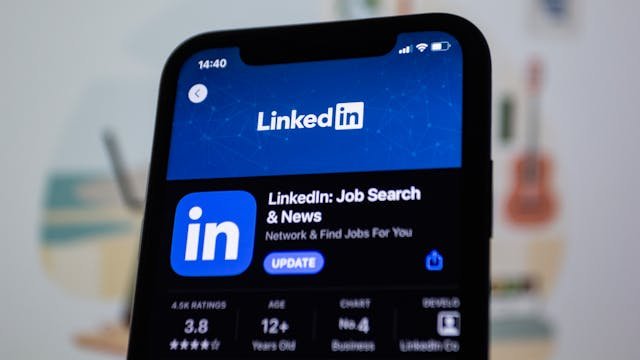













Comments are closed.